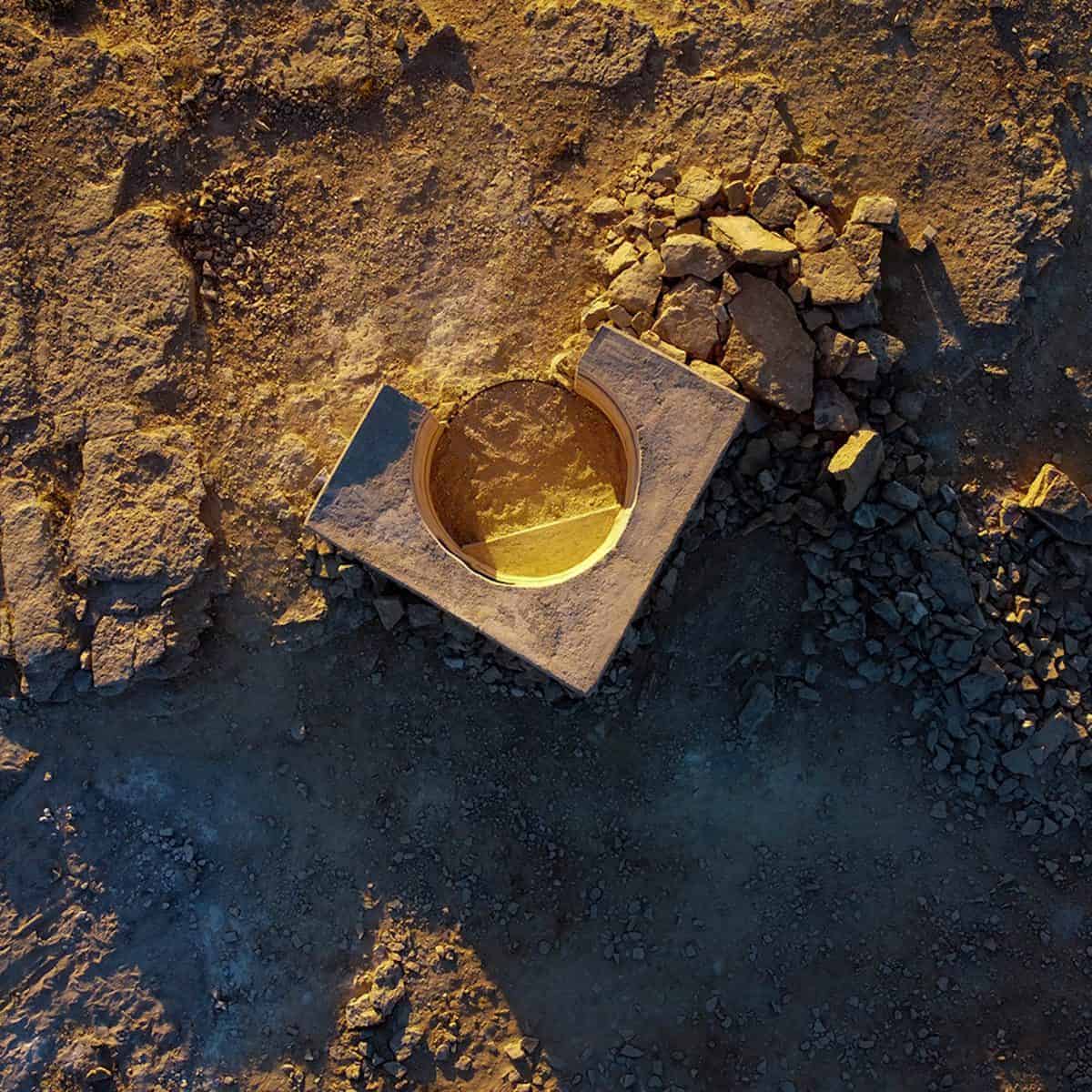All the cities around the world are affected by the impacts of COVID-19 in all aspects of life. The dramatic social distancing that suddenly became the norm, and the decline of public space usage with almost total death in some places, forced people to look for new safer outdoor retreats.
This situation brought nature and the importance of green spaces in our lives to the forefront. Nature exposure became crucial for mental health in addition to its importance as an outdoor escape from this dire situation we are all facing.
Starting from green balconies as the most domestic solution, reaching to walks in the woods and camping, being the solutions that people are seeking as ‘nature remedy’ for what we have suddenly lost. So, lots of activists and researchers around the world are exploiting this time to point out the great importance of green spaces and their real value in our lives, regarding this time as pivotal for the amendment of the nature-human relationship that has been lost or declining throughout the years.
But what about the places that severely lack green spaces/ natural retreats in the first place? How would the residents seek outdoor retreats amidst all the prevailing precautions of the pandemic?
Cairo, the capital of Egypt, is one of the cities with the least green spaces per capita in the world. In addition, with the Easter holidays approaching, the government decided to close all parks and beaches around the country, in order to prevent the social gatherings that usually take place during the holidays. Easter is a very vivid celebration in the Egyptian culture that dates back to the Ancient Egyptian civilisation. The celebrations entail social gatherings of families and friends, usually outdoors to enjoy the weather and to welcome spring. So, Egyptians flock to parks, green open spaces, and beaches to celebrate.
But this year, everything is different to the extent that some governors ordered all the non-gated green open spaces to be flooded with water to prevent any human presence by any means. This act provokes the discussions of Hostile Architecture and if it would be more tolerated in the era of COVID-19? Is it adding a new dimension or intention for hostile architecture discourses, a preventive measure against a pandemic? Maybe…


And with the enduring status of the pandemic, the lockdown measures are being extended for longer. Still, parks and beaches are closed, denying any access to natural outdoor retreats.
This provokes the issue of environmental justice in the city, where the elites are resorting in their gated communities with lots of greenery around them in their private gardens or in the parks and outdoor areas provided within the gated communities. Whereas the middle- and lower-income classes are being denied any natural resort during these hard times. Middle classes may still have their balconies as the last resort, where many of them now are utilising them and re-greening them as their outdoor retreat. But what about the lower income classes with no green opportunity for the time being?
They began searching for a new domestic activity that would take them out of their small apartments to the outdoors (smaller apartments are typical in high-density lower-income neighbourhoods).
A new/old activity re-emerged, flying kites over the sky of Cairo. Being faced by the lack of green open spaces, restricted access to streets during partial lockdown times and closure of cafes, the sky offered another recreation medium for them. Lots of youth now are competing and designing kites, painting a new face for Cairo during the era of COVID-19.

This may highlight a sign of the resilience and social innovation of communities. But being faced with lots of hazards for flying kites from the rooftops (falling, need for a wider roaming space, protruding steel piles…etc), it is not expected to be sustainable or safe.
The overall situation brings to the forefront the importance of green open spaces and environmental justice dilemmas in a compact expanding metropolis like Cairo. It also highlights the governmental standing of the value of green open spaces, where still till this time the parks are closed until further notice, in contrast to cafes, restaurants, and any economic-related activity.




